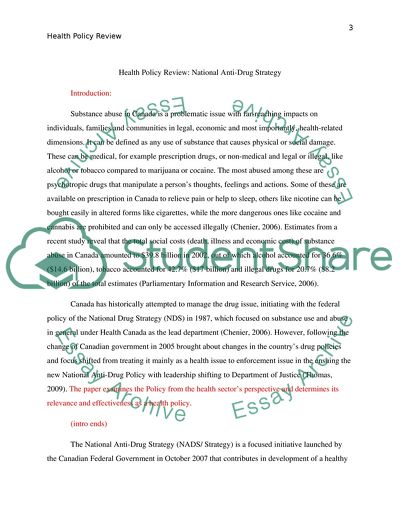Cite this document
(Health Policy Analysis: National Anti-Drug Strategy Research Paper, n.d.)
Health Policy Analysis: National Anti-Drug Strategy Research Paper. Retrieved from https://studentshare.org/health-sciences-medicine/1744614-health-policy-review
Health Policy Analysis: National Anti-Drug Strategy Research Paper. Retrieved from https://studentshare.org/health-sciences-medicine/1744614-health-policy-review
(Health Policy Analysis: National Anti-Drug Strategy Research Paper)
Health Policy Analysis: National Anti-Drug Strategy Research Paper. https://studentshare.org/health-sciences-medicine/1744614-health-policy-review.
Health Policy Analysis: National Anti-Drug Strategy Research Paper. https://studentshare.org/health-sciences-medicine/1744614-health-policy-review.
“Health Policy Analysis: National Anti-Drug Strategy Research Paper”, n.d. https://studentshare.org/health-sciences-medicine/1744614-health-policy-review.


